
Allah is the Arabic word for God in Abrahamic religions. In the English language, the word generally refers to God in Islam. The word is thought to be derived by contraction from al-ilāh, which means "the god", and is related to El and Elah, the Hebrew and Aramaic words for God.

Christianity in Malaysia is the third religion practised by 9.2% of the population, two-thirds of the 2.617 million Christians live in East Malaysia in Sabah and Sarawak where they are together 33% of the population. The major Christian denominations in Malaysia include the Anglicans, Baptists, Brethren, non-denominational churches, independent Charismatic churches, Lutherans, Methodists, Presbyterian and Roman Catholics.

The Gothic Bible or Wulfila Bible is the Christian Bible in the Gothic language spoken by the Eastern Germanic (Gothic) tribes in the early Middle Ages.
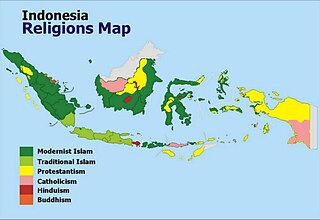
Christianity is Indonesia's second-largest religion, after Islam. Indonesia also has the second-largest Christian population in Southeast Asia after the Philippines, the largest Protestant population in Southeast Asia, and the fourth-largest Christian population in Asia after the Philippines, India and China. Indonesia's 24 million Christians constitute 10% of the country's population, with 7% Protestant and 3% Catholic. Some provinces in Indonesia are majority Christian.

Herman Neubronner van der Tuuk was a Bible translator and linguist specialising in the languages of the Dutch East Indies.
Indo people are a Eurasian people of mixed Indonesian and European descent. Through the 16th and 18th century known by the name Mestiço. To this day they form one of the largest Eurasian communities in the world. The early beginning of this community started with the arrival of Portuguese traders in South East Asia in the 16th century. The second large wave started with the arrival of the Dutch East India Company (VOC) employees in the 17th century and throughout the 18th century. Even though the VOC is often considered a state within a state, formal colonisation by the Dutch only commenced in the 19th century.

The National Archives of Indonesia is the non-departmental government institution of Indonesia responsible for maintaining a central archive. It holds the largest archive collection related to the Dutch East India Company (VOC). In 2003, Indonesia introduced a joint submission to the UNESCO Memory of the World Register with the Netherlands, South Africa, and Sri Lanka for their archival collections related to the VOC. The National Archives collection traces its origins to the work of Jacob Anne van der Chijs, who was appointed the first archivist of the Dutch East Indies in 1892 by the colonial government.

Indos are a Eurasian people of mixed Indonesian and European descent. The earliest evidence of Eurasian communities in the East Indies coincides with the arrival of Portuguese traders in the 16th century. Eurasian communities, often with distinct, specific names, also appeared following the arrival of Dutch (VOC) traders in the 17th and 18th century.
Hillebrandus Cornelius Klinkert was a Dutch Mennonite missionary and translator. He was born in Amsterdam and worked as an engineer in a machine factory at Rotterdam and on a Rhine barge before he contacted the DZV in 1851 with a request to be sent as a missionary. Klinkert was also known for his ability to translate the Bible into different dialects of Malay so that the Javanese people could access the Gospel, and completed his first entire translation at the end of 1878.
The first translation of the Bible (Alkitab) in the Indonesian language was Albert Corneliszoon Ruyl's translation of the book of Matthew (1629). Between then and now there have been at least 22 other translations, excluding translations to local languages of Indonesia. The most widespread translation used by Indonesian right now is Terjemahan Baru (1985), or "New Translation" published by LAI.
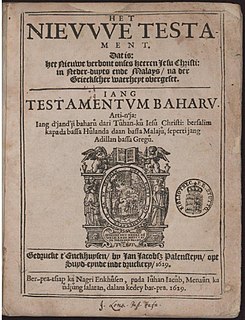
Malaysian and Indonesian Bible translations have a lot of common history up until the modern era. Apart from the shared Malay language which historically was the lingua franca of the Malay archipelago and forms the basis for the national languages of Indonesia and Malaysia today, portions of the Bible have been translated into a variety of indigenous languages in the region.
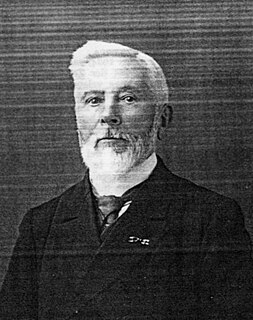
Sierk Coolsma was a Dutch Protestant missionary who wrote extensively on the Sundanese language. Born in the Netherlands, he became a missionary in his early twenties and arrived in the Dutch East Indies in 1865. First tasked to Cianjur, he studied Sundanese in more detail than his contemporaries, gaining an appreciation for the language. Further missionary activities in Bogor, begun in 1869, were a failure, and in 1873 he was tasked with translating the New Testament into Sundanese. Although the Sundanese people highly valued poetry, he did the translation in prose hoping that it would help readers entertain new ideas.

Kartidaya is an Indonesian non-profit organization which is focused on promoting and supporting the work of Bible translation throughout Indonesia. They are an independent organization affiliated with Wycliffe Global Alliance, and have working agreements with numerous denominations throughout Indonesia. Each Kartidaya member has to find donors to cover their ministry and living expenses since Kartidaya does not give salaries to its members.

The Togutil people are an indigenous group with a semi-nomadic lifestyle living in the jungles of Totodoku, Tukur-Tukur, Lolobata, Kobekulo and Buli, North Maluku in the Aketajawe-Lolobata National Park, North Halmahera Regency, North Maluku, Indonesia.

Albert Christian Kruyt was a Dutch Calvinist missionary, ethnographer and theologian. He was the first to pioneer Christianity in Central Sulawesi, notably in Poso.

Bible translations into Malay include translations of the whole or parts of the Bible into any of the levels and varieties of the Malay language. Publication of early or partial translations began as early as the seventeenth century although there is evidence that the Jesuit missionary, Francis Xavier, translated religious texts that included Bible verses into Malay as early as the sixteenth century.
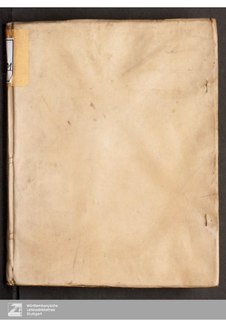
Jan Van Hasel was a director of the Dutch East Indies Company who is best known for producing one the first translations of portions of the Bible in the Malay language. Very little is known about Van Hasel except for his work in translating the Bible, his mission to Ayutthaya and his appointment as the head of the VOC mission to Surat.

The Netherlands Bible Society is a non-denominational Bible society in the Netherlands devoted to translating, publishing, and distributing the Bible at affordable costs. The NBG is based in Haarlem and was formed on 29 June 1814 on the initiative of the British and Foreign Bible Society (BFBS).
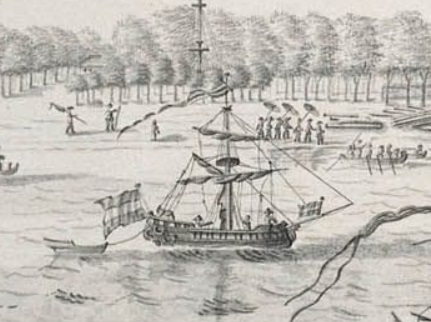
Chialoup was a type of sloop used in East Indies. It was the result of western (Dutch) and Nusantaran (Indonesian) technologies and techniques. Many of these "boat-ship" were produced at VOC shipwrights in Rembang and Juwana, in which the majority of the workers were local Javanese. Chialoup were used by the Dutch East India Company and private merchant-sailor of western and Nusantaran origin.

The Bible Society of Singapore, Malaysia and Brunei was a nondenominational Christian organisation committed to translating and distributing the Bible in Singapore, Malaysia, and Brunei. It was the successor organisation to the Bible Society of Malaya, a branch of the National Bible Society of Scotland (NBSS). The Bible Society of Malaya prior to 1948 was a branch of the British and Foreign Bible Society (BFBS).


















